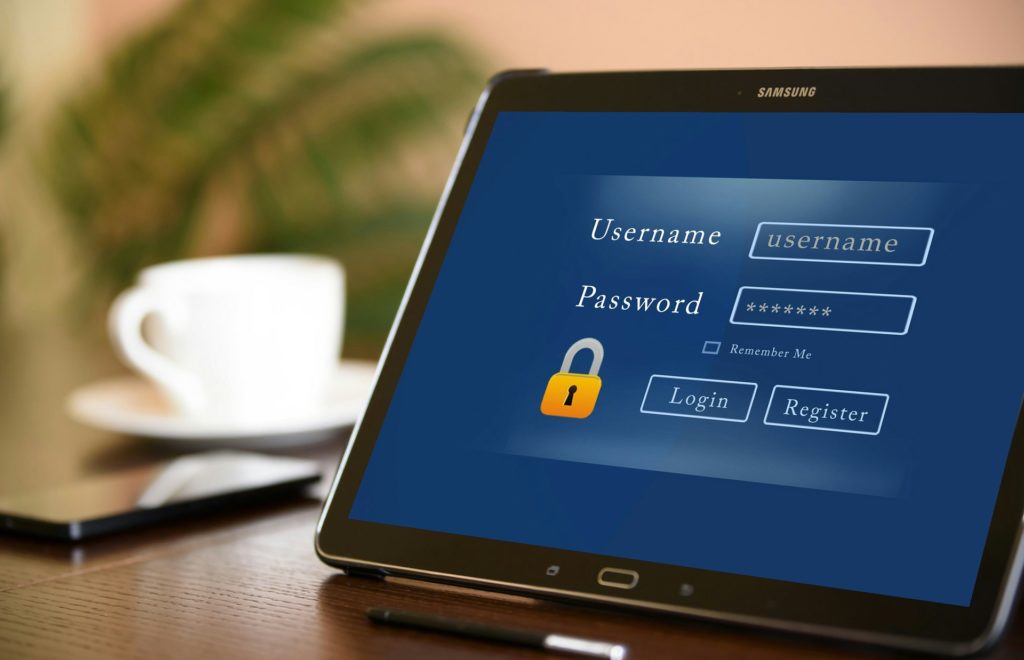For those interested in web content accessibility the WCAG 2.2 guidelines will have some newly added Success Criteria (SGs) that will build on WCAG 2.1 when they are published in September 2022. The additions aim to tackle some of the latest barriers found in various web services. It is not easy with multifactor authentication changes, dynamic data driven pages and the different types of web and mobile apps.
Ensuring the maintenance of conformance levels and checking for potential accessibility issues has become harder. If you are someone who spends time evaluating web content and have become reliant on the automated checkers, it is worth being aware of their limitations! Watch out for the automated results that give you a 90 -100% score! Can they reach the parts of multi-factor authentication that we have to use? Are they including visual focus checks to track when keyboard access is hidden? Just two of the many issues that can catch us out.
Web Content Accessibility Guidelines (WCAG) 2.2 W3C Editor’s Draft (25 August 2022) – the full document
The following Success Criteria are new in WCAG 2.2:
- Accessible Authentication
- Accessible Authentication (No Exception)
- Consistent Help
- Dragging Movements
- Focus Appearance
- Focus Not Obscured
- Focus Not Obscured (Enhanced)
- Redundant Entry
- Target Size (Minimum)
Of all the new Success Criteria it is felt that Visual Focus is not always understood but its links with keyboard accessibility have alwys been important. WebAim talk about focus indicators and provide several tips on the subject before linking out to an ARIA authoring practices document written by the W3C Web Accessibility Initiative (WAI) team that may help developers. WAI also offer advice about mobile accessibilitiy checks.
Finally the Bureau of Internet Accessibility have provided a blog on 5 Quick Ways to Check Your Site Against New WCAG 2.2 Standards
TPGi also offer the ” new SCs in WCAG 2.2, describing their requirements in plain language, and discussing how to meet them.”



